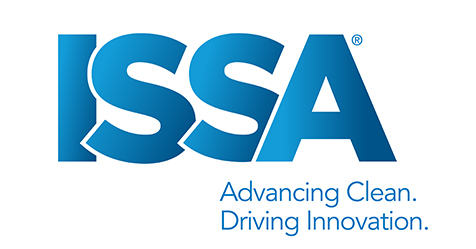Hospital-acquired penetrating contacts (HAPCs), commonly referred to as needlesticks, are one of the most feared yet overlooked occurrences in the environmental services (EVS) department. Do you know what to do in the event of a HAPC occurrence? Does your EVS staff, including unsupervised late-night employees, know what to do? These questions must be addressed to alleviate anxiety and confusion when needlesticks occur.
Focus on prevention
The majority of HAPCs in the EVS department result from improperly disposed needles. Education in needlestick prevention is key for frontline EVS employees.
Teach your staff to limit their exposure to potentially infected needles by keeping potential sharps hazards away from the body. We can do our part by making sure that sharps containers are monitored and removed when they are full. If staff members find needles they can’t properly dispose because of a full container, they are more likely to put them in an unauthorized place where they can cause harm.
Ensure full linen and trash bags, which may contain sharps, are kept away from areas where people frequent. Instruct your staff to take care when stripping a bed, as needles can be hidden in bed sheets or blankets.
Floor technicians may be at risk from needles they find while stripping and refinishing floors. Are your floor technicians aware of what to do in the event a sharp/needle is found? If an unaccounted-for needle is found, they must follow facility protocol on contaminated sharps/needles, which includes making a report.
Take quick action
If, despite all the best precautions, a needlestick occurs, those involved must quickly implement the medical facility’s approved procedure. As there is no time to search for proper procedures, the entire EVS department must be educated in facility protocols prior to the occurrence. Posting the procedures in a visible area helps remind staff of protocol and saves time.
In most cases, staff must identify the needle to find the source patient. The source patient’s medical history contains vital information that will affect the protocols followed. If the source patient cannot be identified, then staff must follow further action to prevent possible infection. Many EVS workers are misinformed about the risks of a HAPC and are either overly anxious about the incident or not anxious enough. Make sure the affected worker receives proper counseling to relieve any stress.
Upon reporting a HAPC to a health care provider, that provider will decide if medical treatment is needed. This is when the source patient’s medical history is essential. The provider may decide no medical treatment is needed if the source patient is not infected with a bloodborne pathogen.
However, if the patient does have a bloodborne pathogen, the provider may recommend post-exposure prophylaxis, which is the use of antiretroviral drugs after a single, high-risk event to stop HIV seroconversion. Although this treatment is uncommon, it demonstrates why a needlestick should be taken seriously. Bloodborne viruses can be spread by potential blood-to-blood contact and all risks to the recipient of the HAPC must be kept to a minimum.
Management staff is responsible for ensuring that the environment is safe for all who work within the department. This is accomplished by providing the proper tools and training. Management must not only train and retrain on proper needlestick protocol, but also document this training. All training programs must include tests to ensure all department members understood the information.
Compliance does not end with training. Managers must conduct constant supervision to ensure employees are complying with the safety standards. They must study all HAPCs/needlesticks that occur to prevent the situation that caused the incident from happening again. Management and employees working as a team to guarantee proper compliance can create a safe work environment free of needlesticks.




